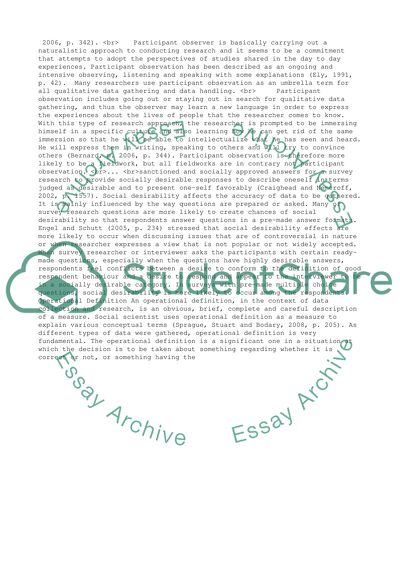Cite this document
(“Participant Observation (Business Research Method) Essay”, n.d.)
Retrieved from https://studentshare.org/business/1420110-4-question-about-business-research-method
Retrieved from https://studentshare.org/business/1420110-4-question-about-business-research-method
(Participant Observation (Business Research Method) Essay)
https://studentshare.org/business/1420110-4-question-about-business-research-method.
https://studentshare.org/business/1420110-4-question-about-business-research-method.
“Participant Observation (Business Research Method) Essay”, n.d. https://studentshare.org/business/1420110-4-question-about-business-research-method.


